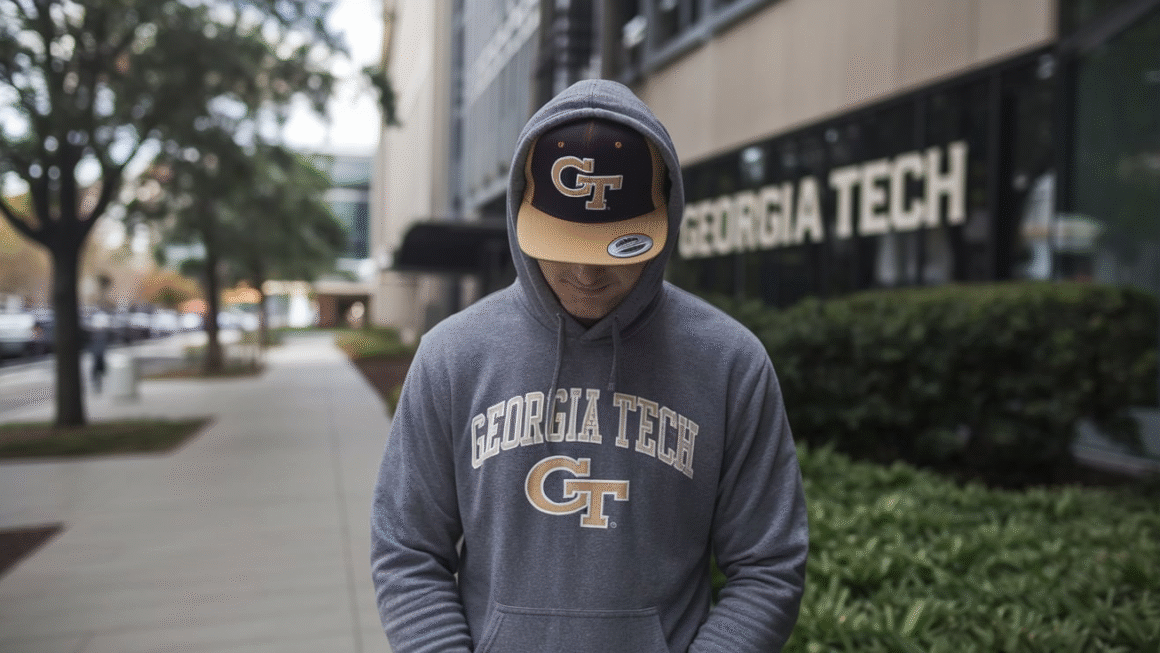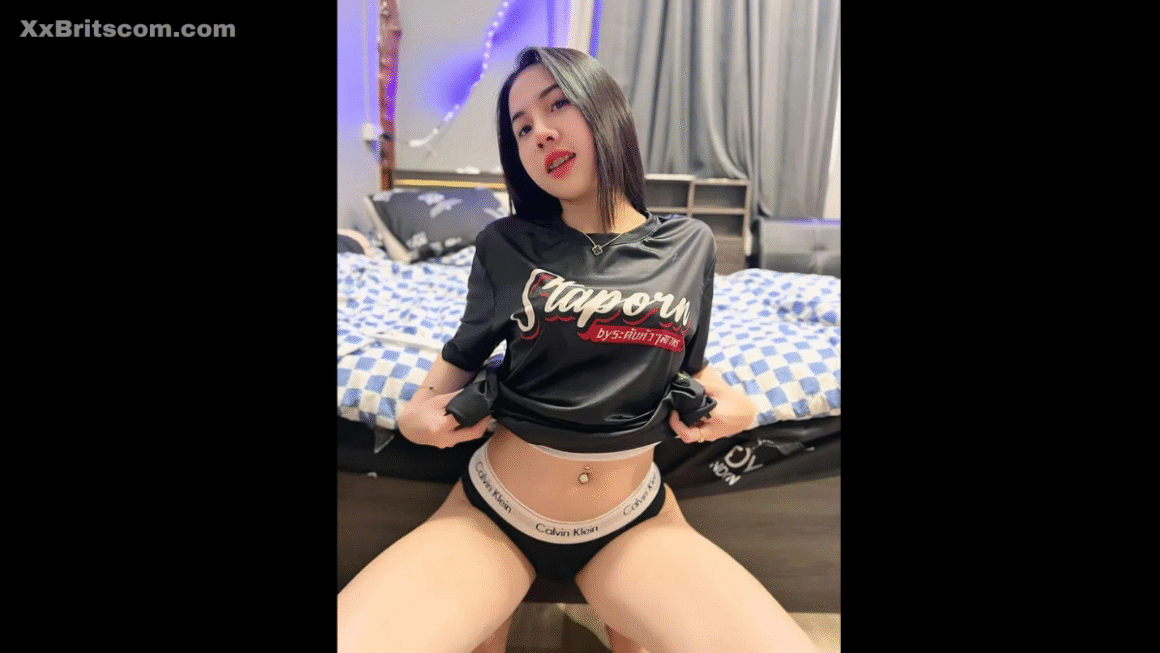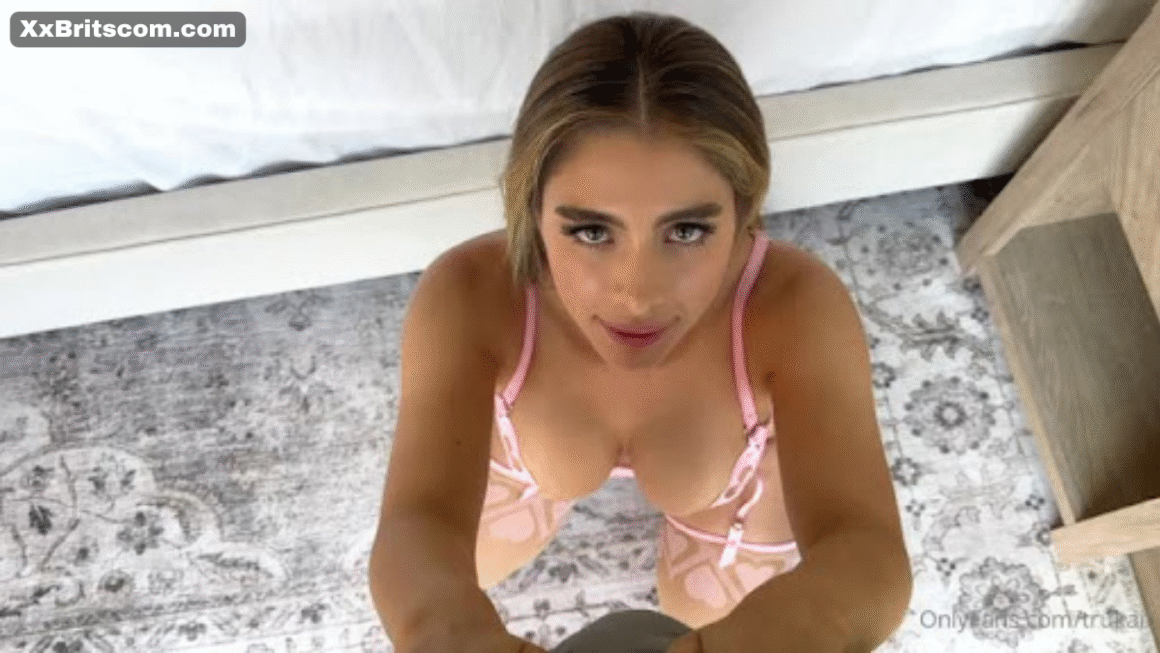Introduction: Welcome to the Wild Side of Influence
In the modern digital age, the term “influencer” holds massive cultural weight. These are the trendsetters, tastemakers, and content creators who guide fashion, behavior, and even social values through platforms like Instagram, TikTok, and YouTube. But what happens when the power of influence spins out of control? Welcome to the fascinating (and sometimes chaotic) world of “Influencers GoneWild.”
The phrase might sound sensational, and honestly—it kind of is. But it also captures a growing reality: influencers are human. They mess up, break rules, get into scandals, and sometimes deliberately push boundaries for clout. This article dives deep into that untamed world, unpacking stories, reasons, consequences, and societal impacts when influencers lose the script.
You might laugh, cringe, or even feel secondhand embarrassment—but by the end, you’ll understand what makes “Influencers GoneWild” such a gripping modern phenomenon.
What Does “Influencers GoneWild” Actually Mean?
A Catchy Phrase with Layers
At face value, “Influencers GoneWild” sounds like a clickbait headline or the title of a viral Reddit thread. But it symbolizes a broader pattern in digital culture. It refers to situations where influencers behave in ways that are reckless, controversial, or completely off-brand from their usual persona.
Some examples? Public meltdowns during live streams, fights with fans, tone-deaf content, staged pranks that go too far, or even legal issues like fraud. The wildness isn’t always criminal—it can be emotional, chaotic, or just outrageously off-kilter from what their followers expect.
When Influence Turns Into Infamy
There’s a thin line between fame and infamy online. For influencers, that line can be crossed with a single tweet, TikTok, or livestream. And in many cases, they don’t even realize it until it’s too late. The chase for attention and growth can lead to pushing boundaries—intentionally or unintentionally.
“Going wild” doesn’t necessarily mean immoral—it could also mean breaking the norms or abandoning a polished online image in favor of raw chaos. Whether that chaos is genuine or staged is part of what keeps fans (and haters) so intrigued.
A Mirror to Society’s Own Chaos?
What’s even more interesting is that this behavior reflects our cultural tension. We love seeing people succeed—but we’re equally obsessed with watching them fail. Influencers gonewild feed a societal thirst for drama, authenticity, and unpredictability—all in one.
The Anatomy of an Influencer Meltdown
The Perfect Storm: Stress, Fame, and Oversharing
Influencers live in a pressure cooker. Between algorithm changes, audience demands, brand obligations, and constant self-branding, it’s only natural for some to crack. When they do, it’s rarely subtle.
Live breakdowns, rage rants, quitting social media, or even exposing industry secrets all fall under this category. These meltdowns often go viral, not because people love the influencer—but because audiences are fascinated by the realness (or the drama).
The Role of Parasocial Relationships
One reason influencer drama hits so hard is because of parasocial relationships. Fans feel connected to influencers as if they’re close friends. So when something wild happens, it’s like watching someone you know unravel in public. The betrayal, shock, or even empathy becomes part of the spectacle.
Parasocial intensity amplifies reactions—both positive and negative. That’s why “gone wild” moments can lead to either massive backlash or a surprising wave of support.
Mental Health and Online Personas
Let’s not ignore the mental toll. Constant content creation and the pressure to perform 24/7 can trigger anxiety, burnout, and identity crises. Sometimes, “going wild” is simply a cry for help. Other times, it’s a rebellious act against the perfection expected of them.
In either case, the collapse of their polished image reveals how fragile and toxic the influencer economy can be underneath all the glamor.
The Most Infamous “Gone Wild” Moments in Influencer History
Logan Paul and the Forest Controversy
No “influencers gonewild” list is complete without Logan Paul’s infamous 2017 Japan vlog, where he filmed a deceased individual in the Aokigahara forest. The backlash was instantaneous and global. He was demonetized, dropped by sponsors, and had to apologize multiple times.
It’s a classic case of chasing shock value gone wrong. Yet surprisingly, Logan bounced back with rebranding and boxing events—highlighting how influencers can survive even the most brutal storms.
Gabbie Hanna’s TikTok Spirals
TikToker and YouTuber Gabbie Hanna has become almost synonymous with online meltdowns. From posting hundreds of TikToks in a day to erratic rants about spirituality, politics, and personal feuds, her behavior drew both concern and ridicule.
Her spirals showcase the complex line between mental health and public performance—and how audiences often blur the two.
Fyre Festival: Influencers Caught in the Crossfire
Although the event was spearheaded by Billy McFarland and Ja Rule, it was influencers like Kendall Jenner and Bella Hadid who promoted the disastrous Fyre Festival. When it all unraveled, their involvement in advertising the scam faced serious ethical questions.
This wasn’t about influencers personally going wild—it was about their power to wildly mislead their audiences without fully vetting what they’re selling.
Why the Audience Can’t Look Away
The Allure of Trainwreck Content
There’s something oddly compelling about watching someone lose control in real time. Whether it’s Instagram stories at 3 AM, messy livestreams, or cryptic tweets—it all has the addictive pull of a reality TV episode you didn’t expect to tune into.
It’s raw. It’s unpredictable. And it feels honest—even when it’s a performance.
Schadenfreude and Cancel Culture
Some audiences take guilty pleasure in influencer downfalls—aka schadenfreude. There’s an emotional payoff when someone perceived as “too perfect” stumbles. It’s not just about the drama—it’s about rebalancing the scales of internet justice.
Cancel culture thrives on this dynamic. But ironically, many influencers use cancellation as fuel to bounce back even stronger, creating a strange cycle of self-destruction and reinvention.
Influencers GoneWild = Content Gold
Let’s be honest—wild influencer moments make for amazing content. Commentary YouTubers, drama pages, Reddit threads, and TikTok tea channels thrive off these scandals. Every public meltdown is an opportunity to dissect, meme, and monetize.
This ecosystem incentivizes wildness—even unintentionally—because the internet rewards chaos with clicks.
The Business of Being Wild: Is It All Staged?
Shock Value as a Strategy
Not all “gone wild” moments are accidental. Some influencers carefully manufacture drama to gain attention. Whether it’s fake feuds, breakup stunts, or controversial opinions—controversy drives engagement. And engagement drives revenue.
Think of it as the influencer version of a publicity stunt. It may look spontaneous, but it’s often premeditated and designed to go viral.
Reinvention Through Ruin
Interestingly, a scandal can serve as a launchpad for reinvention. Influencers who get “canceled” often come back with new identities—edgier, humbler, or more “real.” That’s why you’ll see someone vanish after a controversy, only to return with a podcast, brand, or new channel six months later.
It’s not the end—it’s a pivot.
Wild but Profitable
While brands traditionally stayed away from controversial influencers, many now see the value in partnering with those who command attention—even if it’s messy. Some brands love “authenticity,” and a bit of chaos can be spun as realness or boldness in the marketing world.
Consequences of Chaos: When “Going Wild” Goes Too Far
Legal Trouble and Platform Bans
Some influencers take things way beyond online antics—into illegal territory. Examples include selling fake products, filming in restricted areas, or running crypto pump-and-dump schemes. That’s when consequences get real—lawsuits, bans, or even jail time.
Platforms like YouTube, Instagram, and TikTok have become quicker at banning rule-breakers, but enforcement is still spotty and inconsistent.
Loss of Brand Deals and Revenue
When an influencer spirals, their biggest loss is often financial. Brands are sensitive to reputation risk. One wrong move can lead to contract cancellations, sponsorship withdrawals, or complete demonetization.
Even if fans forgive them, advertisers might not.
Emotional and Psychological Fallout
The pressure, public shaming, and intense scrutiny can wreck an influencer’s mental health. Depression, anxiety, and isolation often follow public scandals. In extreme cases, influencers report needing therapy, medication, or even hospitalization after major public breakdowns.
Going wild might win views—but it can break a person too.
Redemption Arcs: Can Influencers Come Back from the Brink?
The Apology Video Era
Ah yes, the classic “notes app” or crying-on-camera apology. A staple of influencer redemption. These apologies can be effective—if they’re authentic. But often, they’re dissected for tone, background music, editing style, and sincerity.
Audiences are smarter now. They know when they’re being manipulated. So a half-baked apology might do more harm than silence.
Growth After the Fall
Some influencers turn their chaos into teachable moments. They share what they’ve learned, advocate for mental health, or use their platform to support causes. In doing so, they re-earn audience trust and redefine their brand.
Think of it as the phoenix effect—burning down their old self to rise anew.
The Internet Has a Short Memory
One undeniable fact? The internet moves on—fast. What feels like the biggest scandal today is forgotten in a week. This short attention span can be a blessing for influencers looking to bounce back.
Lay low, rebrand, return stronger. Rinse and repeat.
FAQs About Influencers GoneWild
1. Is “Influencers GoneWild” a real platform or just a phrase?
It’s primarily a phrase used to describe influencers behaving erratically or controversially online. There may be websites or subreddits that use the term, but it’s not an official platform.
2. Why do influencers “go wild” so often?
A mix of pressure, fame, mental health struggles, and a constant need to remain relevant. Some do it unintentionally, while others stage wild moments for attention and growth.
3. Are there legal consequences for influencers who go too far?
Yes. Influencers can face lawsuits, fines, and even jail time if they break laws—especially when it involves fraud, misleading promotions, or public safety violations.
4. Can an influencer recover after a public meltdown?
Absolutely. Many influencers bounce back stronger with the right apology, transparency, and rebranding. Some even use controversy as part of their growth strategy.
5. Is “going wild” ever a good thing for an influencer?
It can be—if done strategically. Shock value attracts views, and controversy brings attention. But if it’s unethical or harmful, it can lead to long-term damage.
Conclusion: The Wild, the Weird, and the Watchable
“Influencers GoneWild” isn’t just about chaos—it’s about our evolving relationship with authenticity, fame, and failure. In a world where every moment is content and every mistake is public, going wild might be the most human thing an influencer can do.
Whether it’s a breakdown, a breakthrough, or a blatant stunt—there’s no denying it: when Influencers GoneWild go wild, we all watch.



